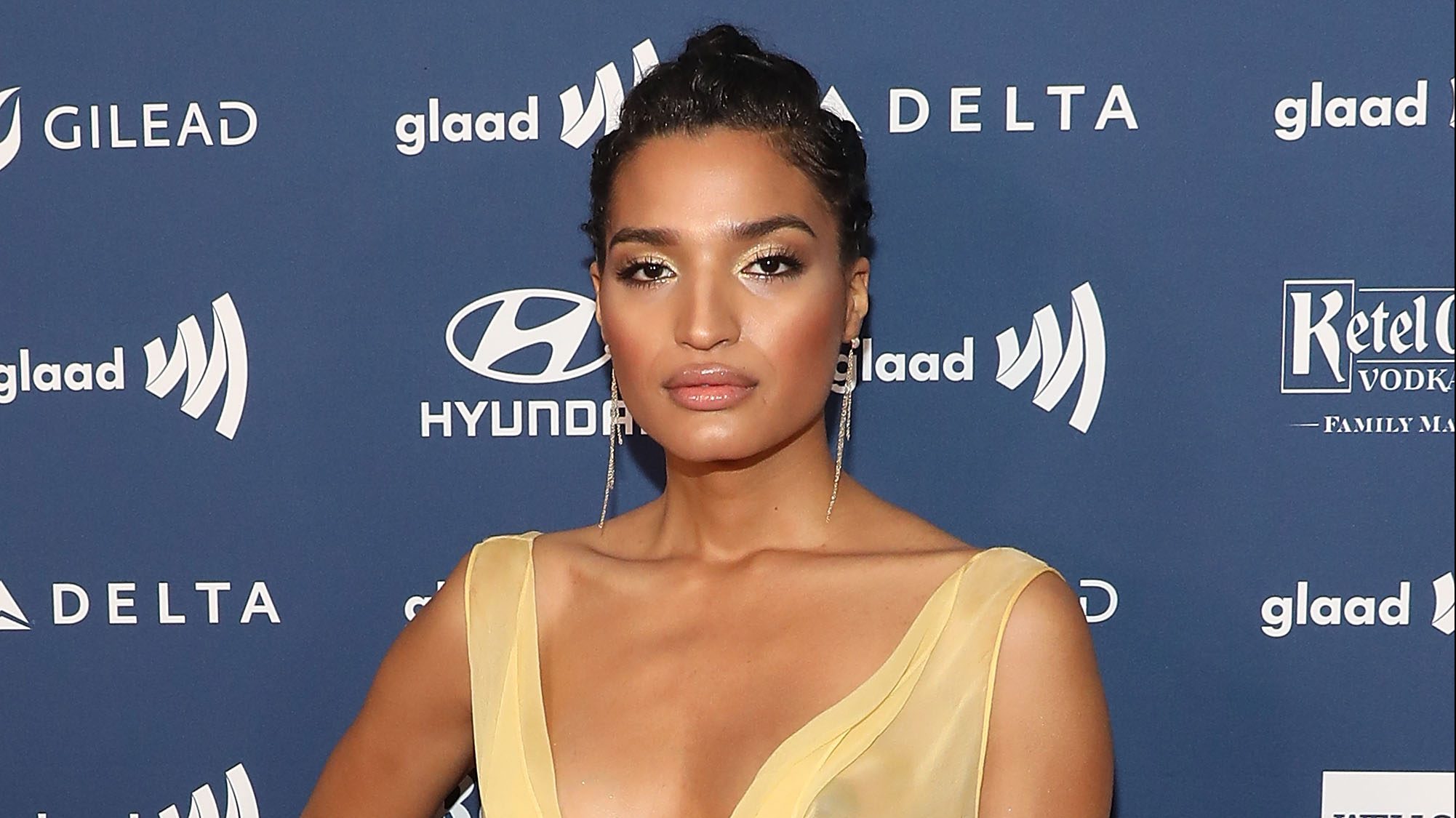

Today, GLAAD released its 2021 Studio Responsibility Index, its annual report tracking the inclusion of lesbian, gay, bisexual, transgender and queer representation in major studio films, and one key finding is particularly disappointing. For the fourth year running, the media watchdog organization could identify exactly zero transgender or non-binary characters in mainstream Hollywood films. “This remains one of the more glaring ways mainstream studios continue to lag behind other forms of entertainment media,” the report stated.
The last time GLAAD clocked a trans character in a mainstream film, according to the report, was Benedict Cumberbatch’s problematic Zoolander 2 caricature in 2016. Compare that to the progress in transgender representation onscreen and behind the scenes on TV. From this year’s report: “TV has seen amazing progress in telling transgender stories and empowering trans writers and actors to lead those efforts, with FX’s history-making Pose, television’s first trans superhero on The CW’s Supergirl, Brian Michael Smith’s historic casting on Fox’s 9-1-1: Lone Star, and more.”
“This year’s SRI makes it clear, there remains significant work to be done in mainstream film releases to ensure that tomorrow’s releases include us all—no matter the means of distribution nor platform,” GLAAD president and CEO Sarah Kate Ellis wrote in her introduction.

The 2021 report tracked releases throughout 2020, an unprecedented time for the film industry, as it was for the rest of the world. “No one could have predicted the impact of the COVID-19 global pandemic, and the ways it would uniquely disrupt and halt the theatrical distribution business these past sixteen months,” Ellis acknowledged.
Many of the films projected to include LGBTQ characters in 2020 were delayed or switched to new streaming distribution models. With that in mind, the 2021 SRI suspended its traditional grading system for individual studios. “But make no mistake,” Ellis writes, “this is in no way a pass or permission slip for Hollywood to relax or regress. Though the path forward continues to evolve, we remain vigilant and focused on our work to preserve and to persevere advancing new, groundbreaking LGBTQ stories in the coming years with our studio partners.”
This year’s finding are, of course, marked by caveats. The overall increase in the percentage of films featuring LGBTQ characters (22.7 percent compared with 18.6 percent the previous year), for example, was likely due to the overall decrease in the number of films that were released. The number of LGBTQ characters of color also increased. But again, those findings have to be understood in the context of the overall decrease in films.
One particularly bright spot is that LGBTQ character got significantly more screen time in 2020. “Of the ten LGBTQ-inclusive films released, eight (80 percent) included LGBTQ characters with over 10 minutes of screen time,” the report states. Compare that with the previous two years, in which more than half of LGBTQ characters appeared for less than three minutes. The increase suggests that queer characters are gradually getting more substantial representations in movies, rather than being thrown in for blink-and-you-missed-it tokenism. (We’re looking at you, Avengers: Endgame.)














